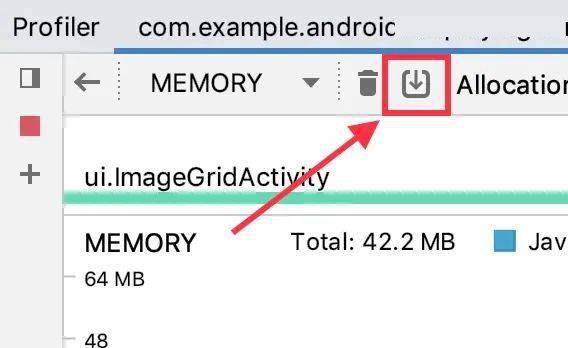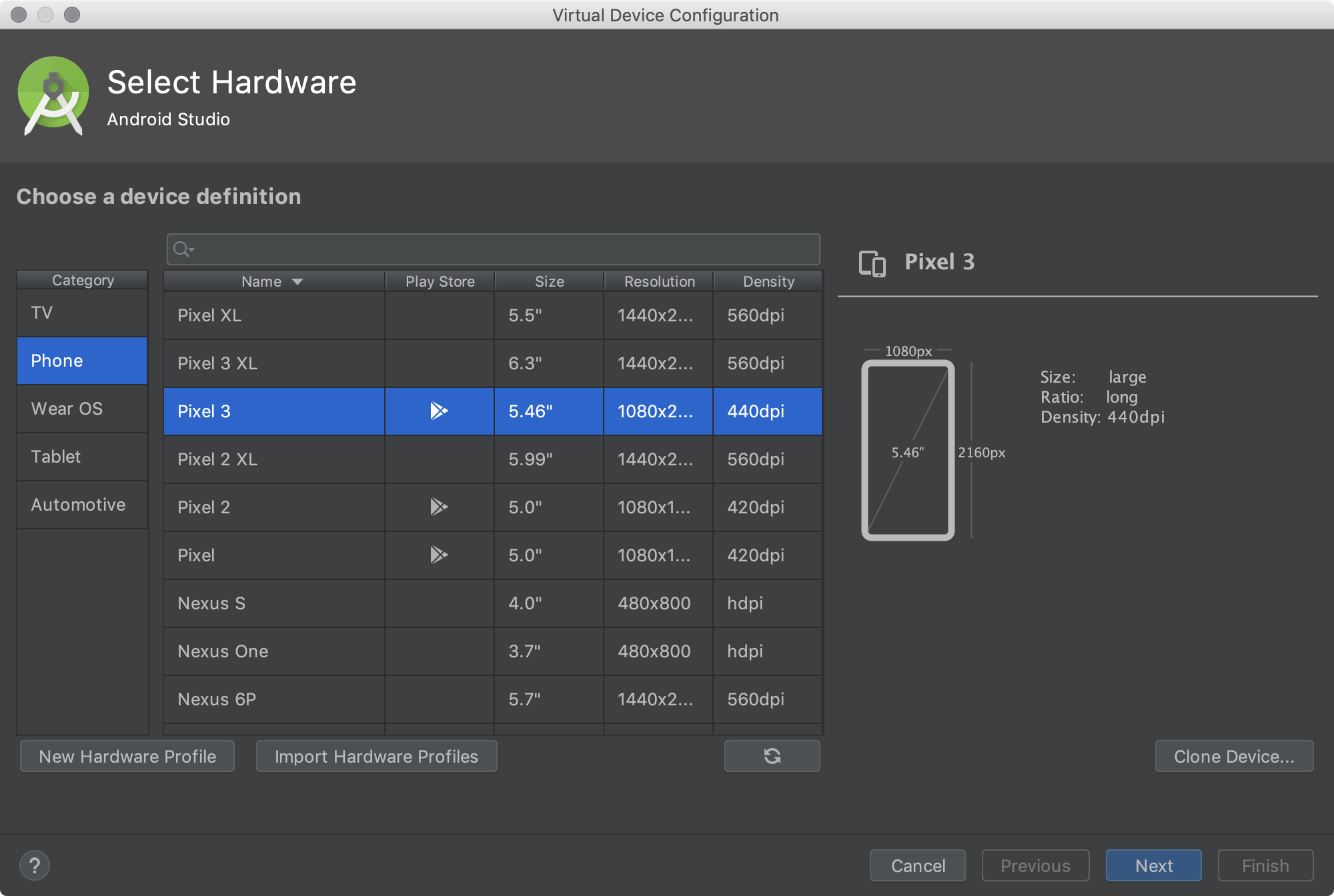

The memory unit that holds the unused objects will be occupied until the end of the application or method (depends on the scenario). When the garbage collector (GC) fails to remove unused objects from memory. We won’t have to worry about freeing allocated objects because the garbage collector will allocate and free memory for us? Definitely not! We should be concerned without a solid understanding of how the garbage collector works, we can prevent it from freeing memory, resulting in memory leaks that can lead to out-of-memory exceptions and lags in the app.įailure to release unused objects from the memoryįailure to release unused objects from the memory means that there are unused objects in the application that the GC cannot clear from memory. The garbage collector will take care of allocating and freeing up the memory for us. We can create new objects without worrying about freeing them up from memory. One of the core benefits of Java, or to be more accurate, of the JVM (Java Virtual Machine), is the garbage collector (GC). In this case, the best way to find an idea is to look through the issues list and select an issue that seems simple enough for a first contribution.Everything you need to know about Memory Leaks in Android. It's often not as complicated as we may think.Īlternatively, we may want to contribute to the project in general and select a request that's made by the community. However, it's essential first to consider contributing with that bug fix or feature we want. When that happens, it's tempting to request it to the maintainer(s) and hope for the best, or even search for another library. Sometimes, during the usage of an Open Source library, we encounter bugs that we wish were fixed and missing features that we want added.

It's a popular SDK to ship high-quality chat experiences on Android.ĭiscover how easy it can be to build chat into your app with our Android In-App Messaging tutorial. In this tutorial, I'll use a contribution to Stream Chat's library for Android as an example. Requirementsįirst of all, to which Open Source project should you contribute? You can contribute to any project, but, ideally, it's one that you know and use.

Therefore it's essential to understand how to give back and improve the Open Source projects that we use. We'll use an Open Source contribution for context.Īndroid developers use Open Source projects to speed up development or enable functionality that is otherwise impractical to build. In this tutorial, we'll learn how to use GitHub with Android Studio.

Android Studio makes it easy to push changes to your favorite Open Source, professional, or personal projects on GitHub.


 0 kommentar(er)
0 kommentar(er)
